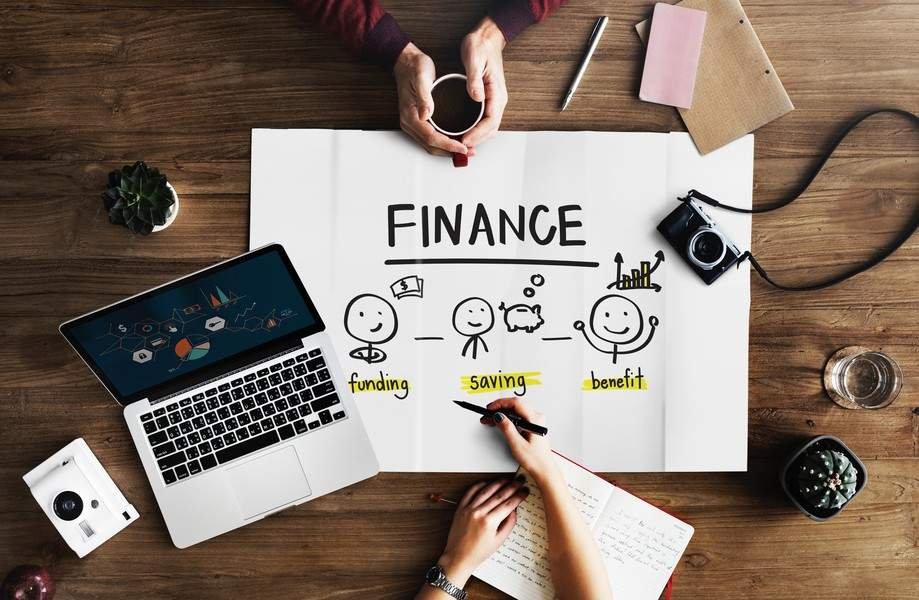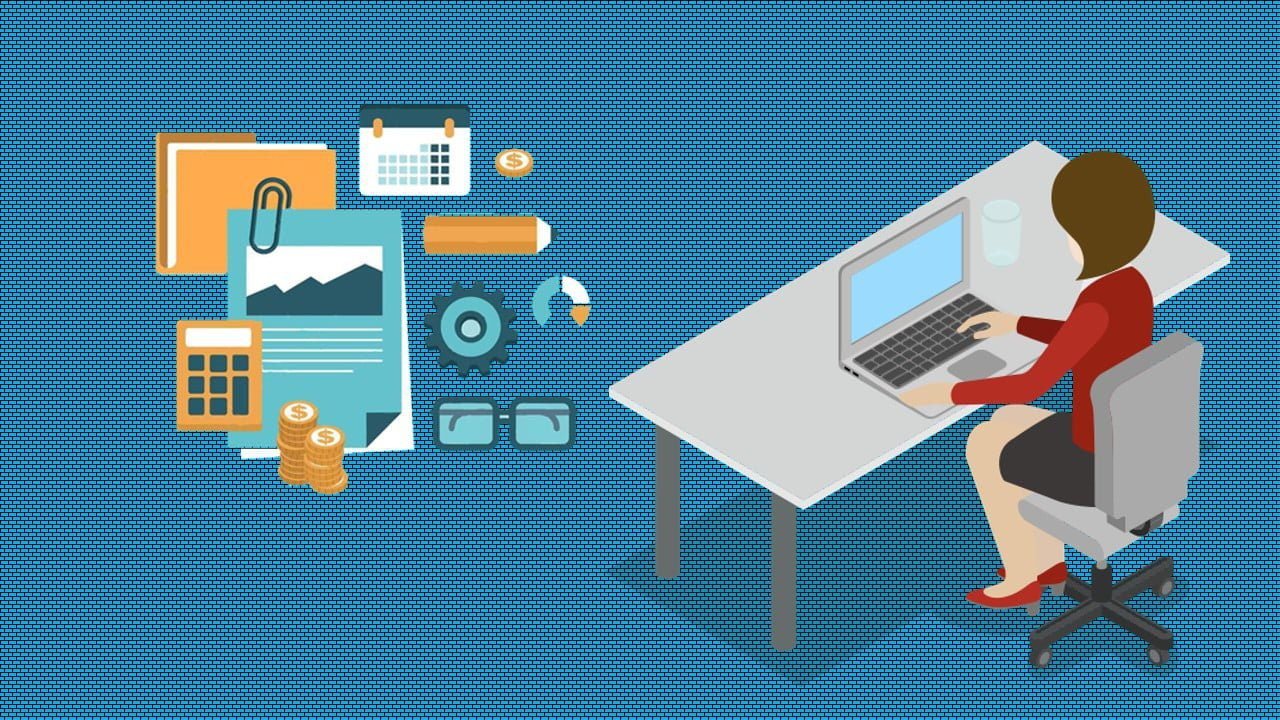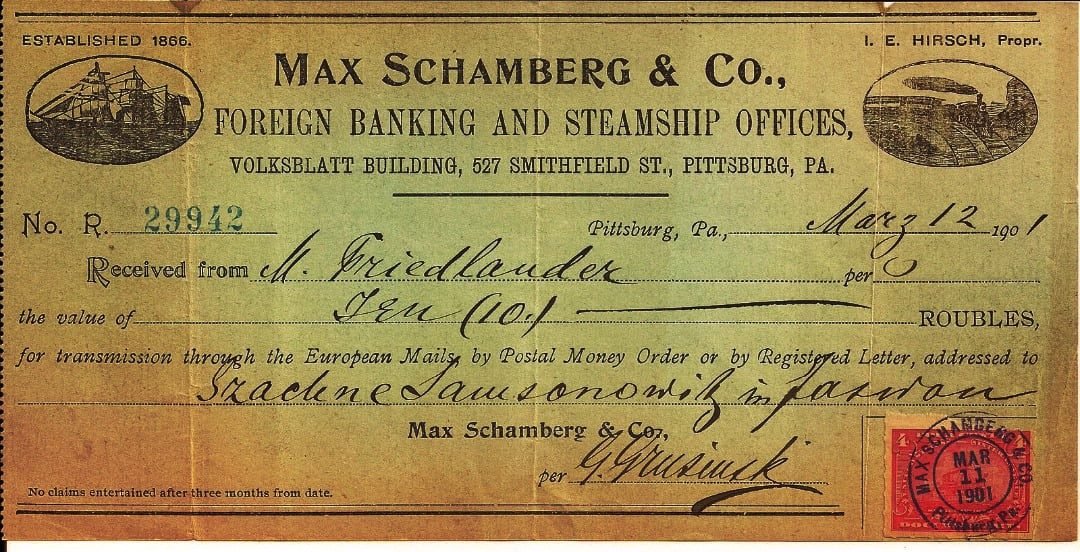10 different tips and tricks on how to better manage your finances. In life, you may earn a lot of money, but if you are not able to manage your finances properly, you will always face difficulties that you could have avoided. Managing your finances well is essential to carrying out your projects, whether they are short or long-term.
Here are the articles to explain, how to better manage your finances for 10 different tips and tricks!
Managing your finances requires some self-control. To better manage them, we must think about savings. What is a credit hero score? It is important to save money or adopt a thrifty lifestyle. Managing your money well allows you to be independent, and avoid going into debt, to meet your needs.
So what to do? Here is a summary of 10 key tips that can help you in this exercise.
Understand your financial situation
To manage your finances appropriately, you must:
- Questioning yourself: you must first become aware of the limits of your management and decide to improve it. Otherwise, it will not be possible to achieve convincing results.
- Get organized: After realizing and adopting a new resolution, you can now move on to organizing your finances. It is essential to organize, discipline, and control your net income to better manage your finances.
- Determine your different sources of income and classify them according to their importance. This way, you will be able to plan your expenses and save. It is only natural to determine exactly how much you are earning before planning what to spend.
Know and control fixed costs
Whether you are an employee or self-employed, it is always essential to have perfect knowledge of your fixed costs per month. For that you need:
- Remember to budget all expenses from the largest to the smallest (for example rent, transport, bills, food, etc.).
- Always think about saving whatever the circumstances, whatever the amount, it can always help. You don’t always have to wait until you reach a certain income to start saving.
Plan for the unexpected to manage your finances
Managing finances becomes difficult when unusual situations surface. Unforeseen events (for example car breakdown, urgent repair of part of the house, family problems, etc.) generally disrupt all of our financial management. To better manage your finances, it is important to do full-fledged budgeting for contingencies.
Provide a fund for crises
It is recommended to set aside an emergency budget that would be adequate for the equivalent of 3 to 6 months of ordinary monthly expenses in the event of an incident occurring. The purpose of this fund is to help you if you go through an unfavorable situation (for example loss of employment, disability due to an accident, a pandemic, etc.). It seems a budget that can help you to make sure your daily life at least for a while.
Seize savings opportunities
This is about never paying for something you can still get for free. Take advantage of discounts and even those at the grocery store. It is also important to control the price of products and articles to avoid being duped. Always Use coupons and if you are then you can ask for special student pricing for those who are under 25.
It is advisable to live below your means and in proportion to your needs. Paying bills and dues, the worst thing is to run away from debt. This way of life will sully your reputation for years. The best thing to do is to pay your debts and be honest with yourself because “Whoever pays his debts gets richer “.
Avoid over-indebtedness as much as possible
Having to pay debts over the long term is a source of money outflow. To remedy this, you will have to adapt your budget and tighten your belt to be able to pay off your debts on time.
Establish an annual budget to better manage your finances
To better manage your finances, it will also be important to consider establishing an annual budget. Setting up an annual budget means allocating every penny of any expense to a detailed and precise budget. yeah, it can indeed take time and a lot of precision, but planning a budget is very important and even more to desire wealth.
Forced savings to save money
The trick to this is to view savings as a fixed charge. So you could save money, any time, savings can be made in variable expenses. With this in mind, it is up to you to decide how much money you will allocate to your savings.
Assess your situation
This involves listing all the things that you have never used or that you no longer use (for example books, clothes, DVDs, etc.) and offering them for sale. It’s another way to get rid of clutter and save some money.
Stay aware of his actions, it is a question of avoiding any impulsive purchase or any purchase at heart so as not to find excuses. But this isn’t a question of privation or austerity but clarity. Stay lucid and tell yourself that saving is much more interesting than spending.
Be patient
To better manage your expenses, it is also important to ask yourself certain questions before making certain purchases. Ask yourself for each purchase if it’s really useful or if it’s just for fun. So every time you want to make an expense, make the effort to postpone your purchase for the next day, this will allow you to think twice.
After reading these different tips and tricks to better manage your finances, you will achieve certain financial stability by applying them. Managing your money well requires discipline, sacrifice, and a lot of patience. But it allows you to protect yourself from need, anticipates crises, and affords certain extras in the long term.




